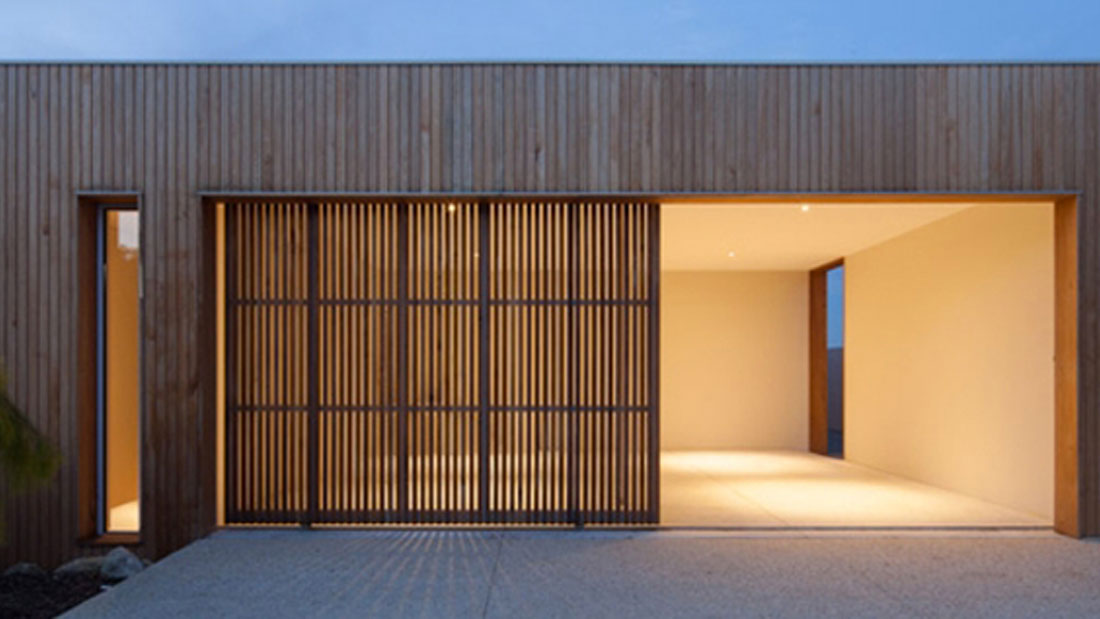
19 Apr The Latest Trends In Sustainable Homes
Living in the Northern Rivers we have access to water, sunshine and good soil. Utilising these natural resources while not wasting them, is key to sustainable living.
Building with straw bales.
We learnt from childhood rhymes that building a house with straw would only make local wolves successful in blowing the whole home down – but not anymore. Homes built with straw bales are now tough and long lasting.
Straw is a bi-product of farming in New South Wales and is burnt releasing an estimated 30,000 tonnes of carbon dioxide into the atmosphere. If this product was used in straw bale houses, 48,000 homes could be built annually saving all that nasty pollution.
Straw is an insulator and when combined with solar energy your home should not require additional heating and cooling. It’s also a ‘healthy’ material in that it does not emit toxic fumes like other building materials.
Reducing your energy consumption.
As mentioned above, using naturally insulating building materials will help reduce your energy consumption but there are other nifty ways too. Micro Combined Heat & Power (co-generation) is well known on an industrial level but is now being scaled down for home heat and power systems.
If you’re off the grid (or planning on going that way) you can use the bi-product (heat) of your fuel source to create hot water and extra heating for the home rather than letting the energy escape unused into the atmosphere. It’s the same as having your own personal power plant… without the pollution.
Recycling grey water.
Setting up your home so that grey water (water from showers and basins) is redistributed to outdoor areas makes sense. But you can also re-direct grey water to interior plumbing services that use a lot of water (think flushed toilets and washing machines).
Systems are available to treat and disinfect grey water and are relatively compact meaning you can reduce your water consumption and your overall impact on the environment!
Design.
Designing a green home begins right at the planning stage. Site conditions like wind, water run off and positioning for sun need to be taken into account. You want the best position to have your solar boosted for maximum sunlight and the right angle to capture cooling breezes.
The great thing about the Northern Rivers is we get both abundant sunshine and rain making the move to green living a very viable option.
Please don’t hesitate to contact Ed if you would like to discuss your Byron Bay real estate sustainable property needs further.

